43 how to teach figurative language
How to Teach Kids Figurative Language - KidsKonnect Simply put, figurative language is defined as a creative way to use words and phrases beyond their literal definition to explain something more abstract or heighten the emotional power of that word or phrase. It makes the text more relatable, engaging, and interesting as it’s very good at provoking emotions or intriguing thoughts. How to Teach Figurative Language: Similes and Metaphors for... Oct 15, 2018 · How to Teach Figurative Language: Similes and Metaphors for Grades 3–6 Step 1: Identify and Define the Terms: Create Anchor Charts. Begin your lessons on metaphors and similes for kids and... Step 2: Model Similes and Metaphors in Literature. When introducing a new topic, include a few stand-alone ...
How to Teach Figurative Language | LoveToKnow Ideas to Consider Have your child take a common rhyme or popular poem and rewrite it, removing any instances of figurative language. You... Take a non-poetic piece of writing and ask your child to re-write it with the addition of figurative language. He may... Encourage your child to reach beyond ...

How to teach figurative language
Activities for Teaching Figurative Language - Top Teaching Tasks Aug 9, 2020 · When I use the term “Figurative Language”, I am referring to any use of language that goes further than the literal meaning of words themselves. Popular examples of figurative language that we teach in primary and intermediate schools include similes, metaphors, alliteration, personification, hyperbole, onomatopoeia, idioms and proverbs and adages. How to Host A Figurative Language Tasting - It's Lit Teaching Step 3: Gather Your Supplies. You’ve determined which terms are worth teaching. You’ve taught them. We are moving up Bloom’s Taxonomy hierarchy, and now it’s time for students to actually practice the skill and create something. For the figurative language tasting activity, you need something for them to taste. Videos for Teaching and Reviewing Figurative Language Oct 15, 2018 · Figurative language is always one of my favorite ELA skills to teach. It lends itself to fun, engaging lessons. This post will share videos for reviewing or teaching figurative language. (As with any videos that I share, I recommend that you watch the videos before showing them to your students.) Figurative Language Explained. Running Time: 1:58
How to teach figurative language. Teaching Figurative Language - Similes, Metaphors, Onomatopoeia Feb 28, 2021 · Teaching Figurative Language – Similes, Metaphors, Onomatopoeia February 28, 2021 Engage, English Language Arts, Plan No Comments How do you teach figurative language? It’s easy! First, use clear definitions and examples. Second, add a little practice. Soon your students will be ready to apply what they know. FOLLOW MY TpT STORE FOR UPDATES Videos for Teaching and Reviewing Figurative Language Oct 15, 2018 · Figurative language is always one of my favorite ELA skills to teach. It lends itself to fun, engaging lessons. This post will share videos for reviewing or teaching figurative language. (As with any videos that I share, I recommend that you watch the videos before showing them to your students.) Figurative Language Explained. Running Time: 1:58 How to Host A Figurative Language Tasting - It's Lit Teaching Step 3: Gather Your Supplies. You’ve determined which terms are worth teaching. You’ve taught them. We are moving up Bloom’s Taxonomy hierarchy, and now it’s time for students to actually practice the skill and create something. For the figurative language tasting activity, you need something for them to taste. Activities for Teaching Figurative Language - Top Teaching Tasks Aug 9, 2020 · When I use the term “Figurative Language”, I am referring to any use of language that goes further than the literal meaning of words themselves. Popular examples of figurative language that we teach in primary and intermediate schools include similes, metaphors, alliteration, personification, hyperbole, onomatopoeia, idioms and proverbs and adages.

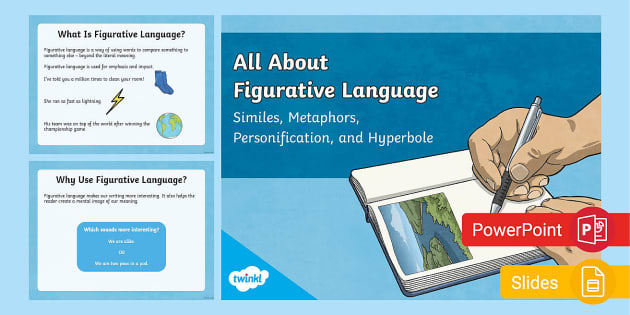





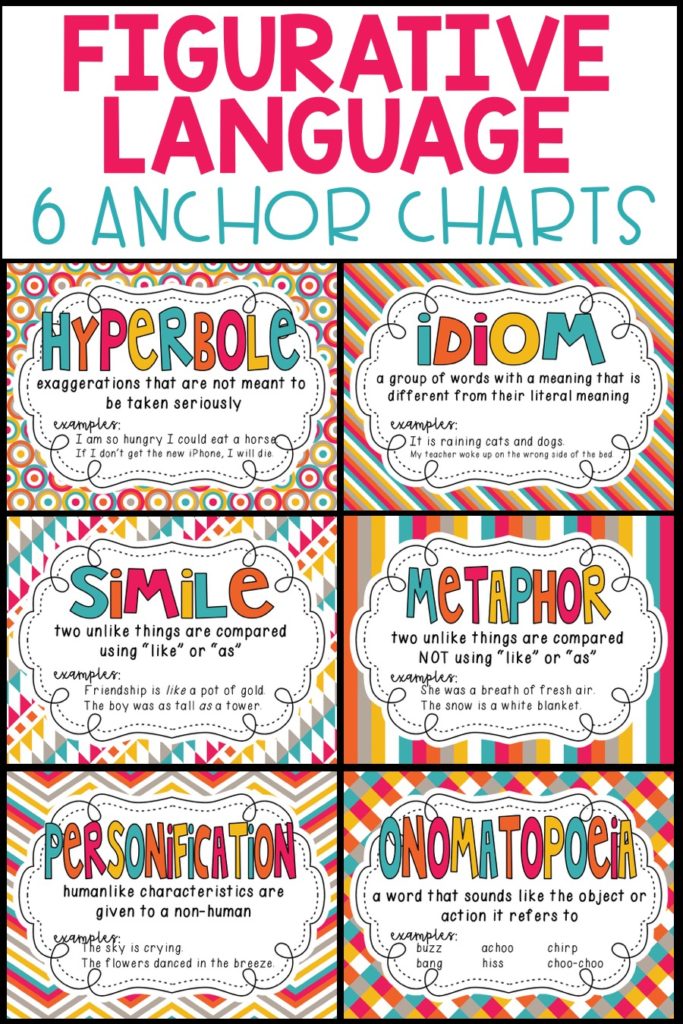

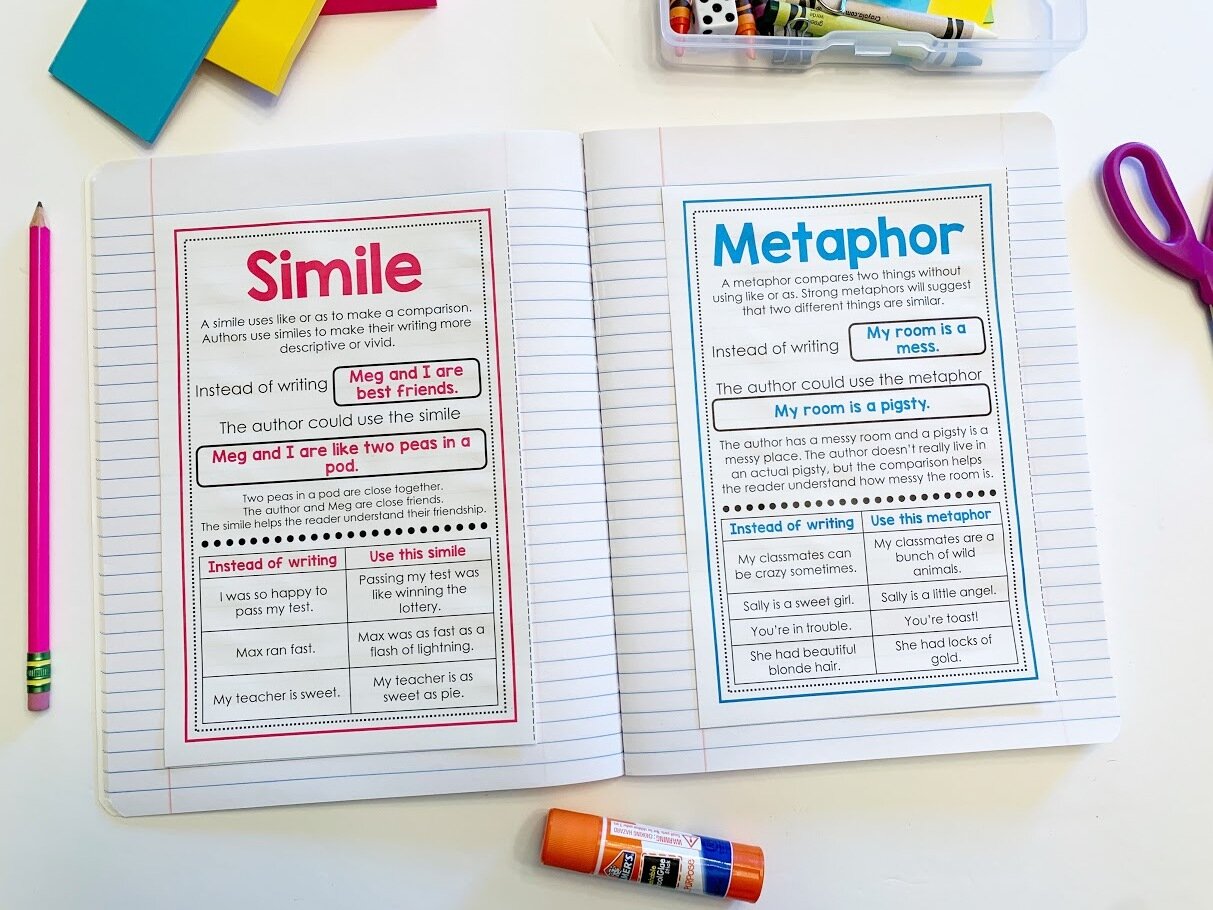

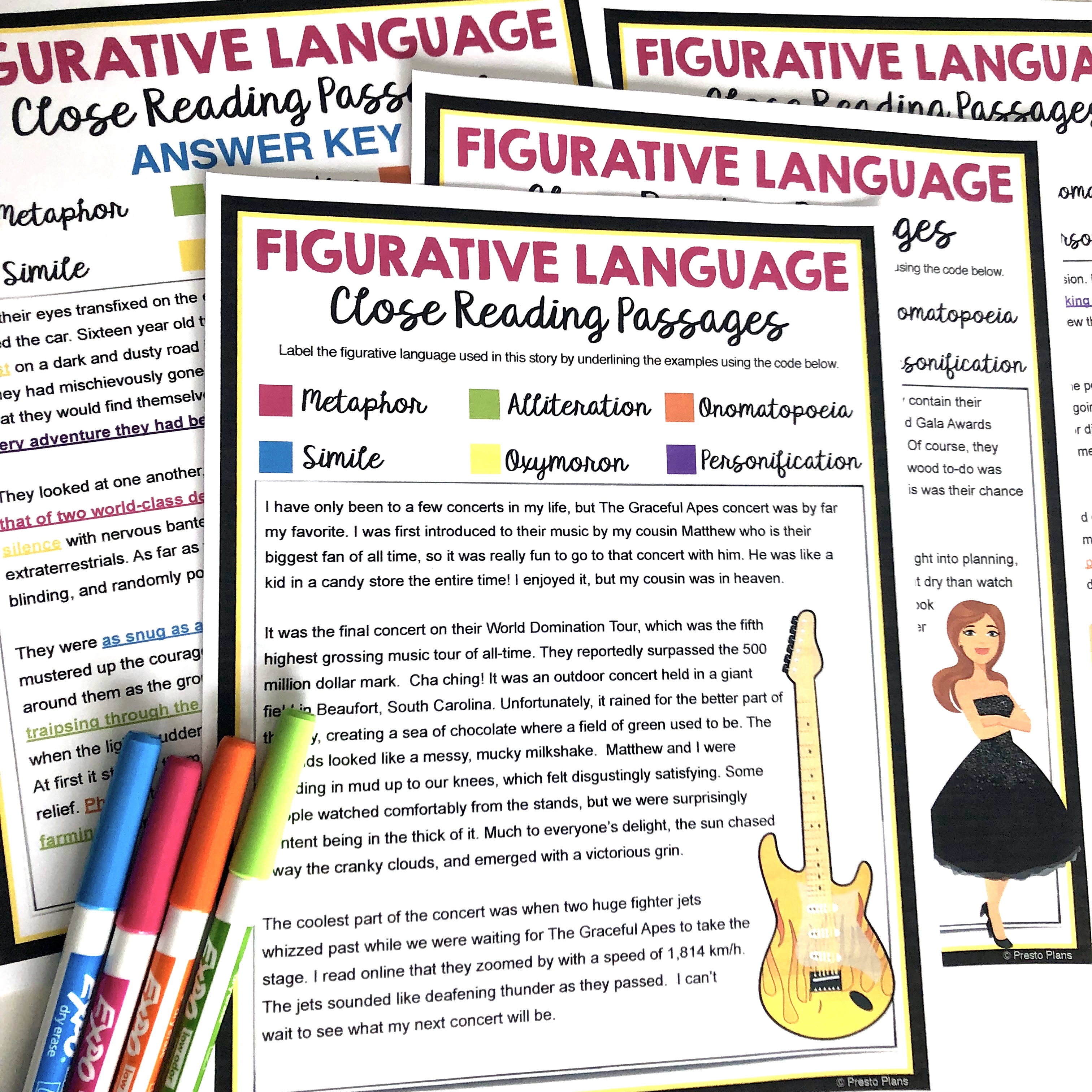
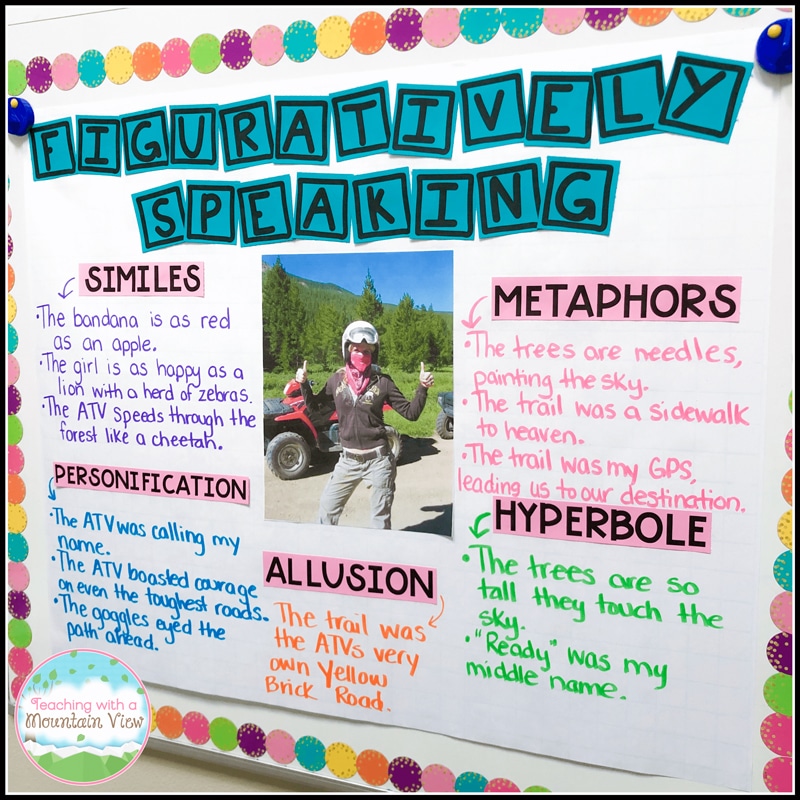







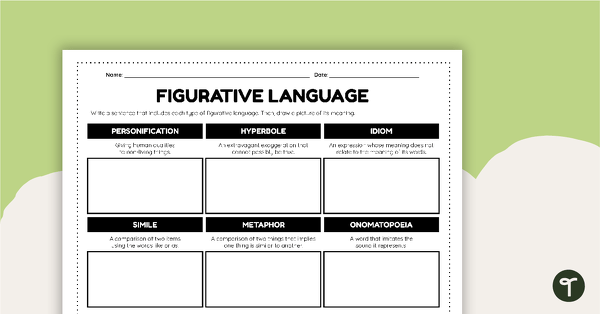

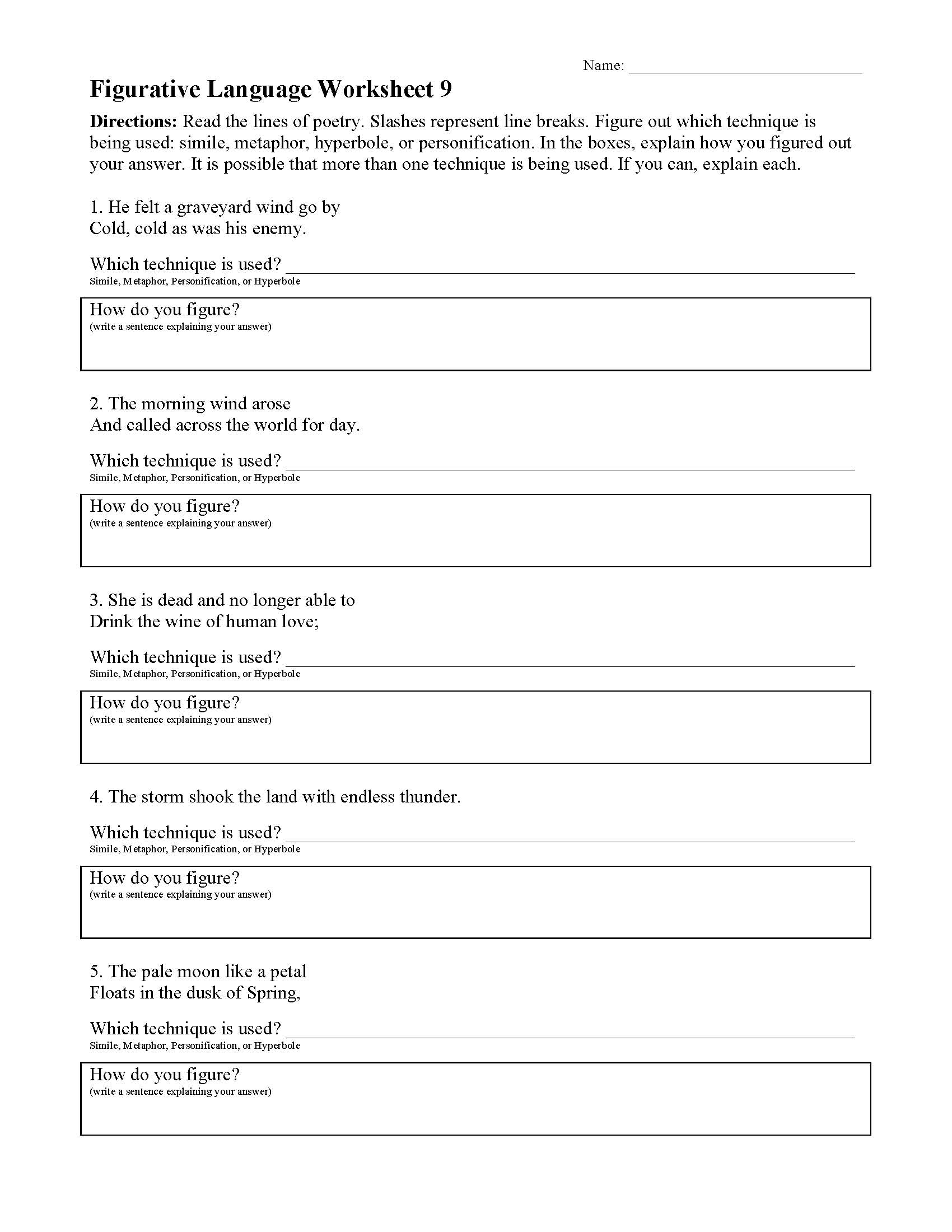
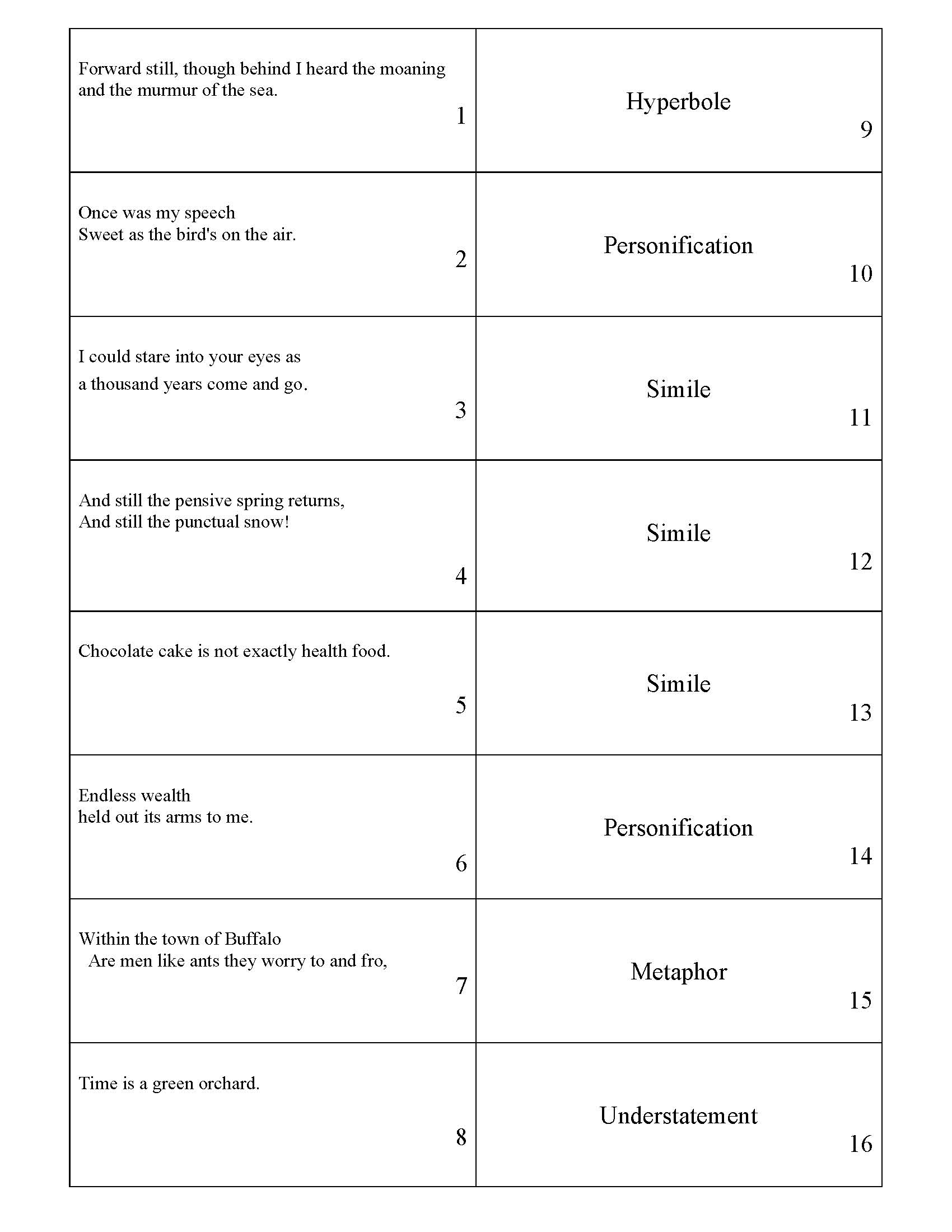



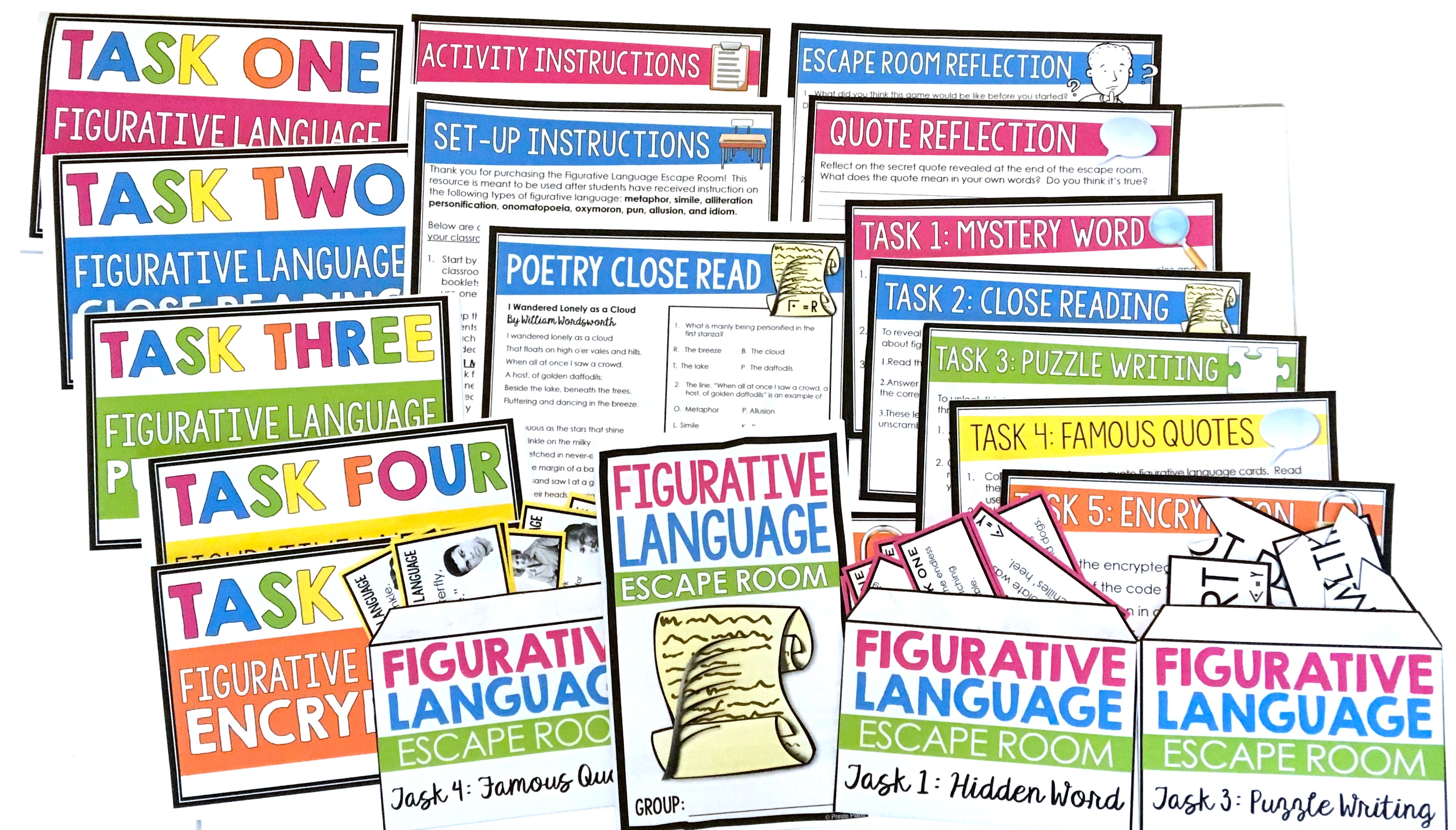

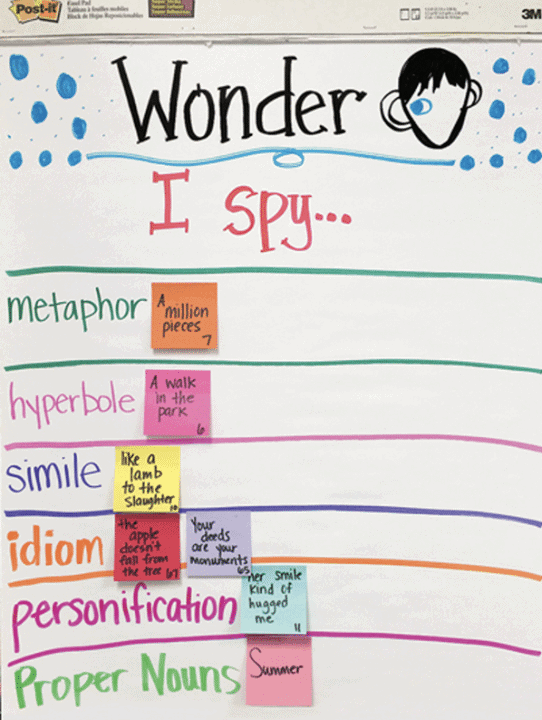
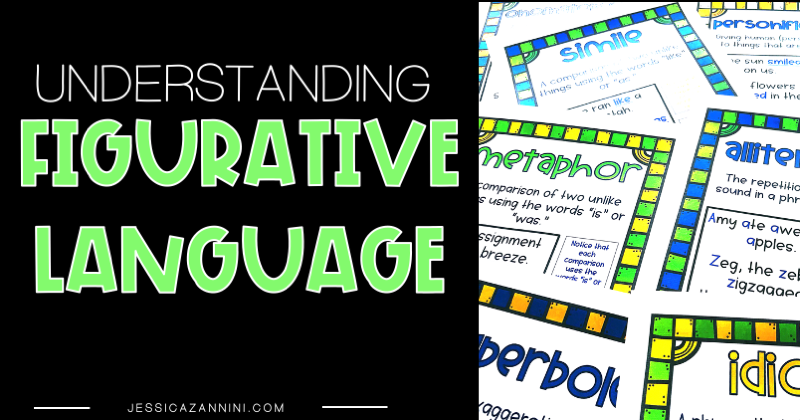
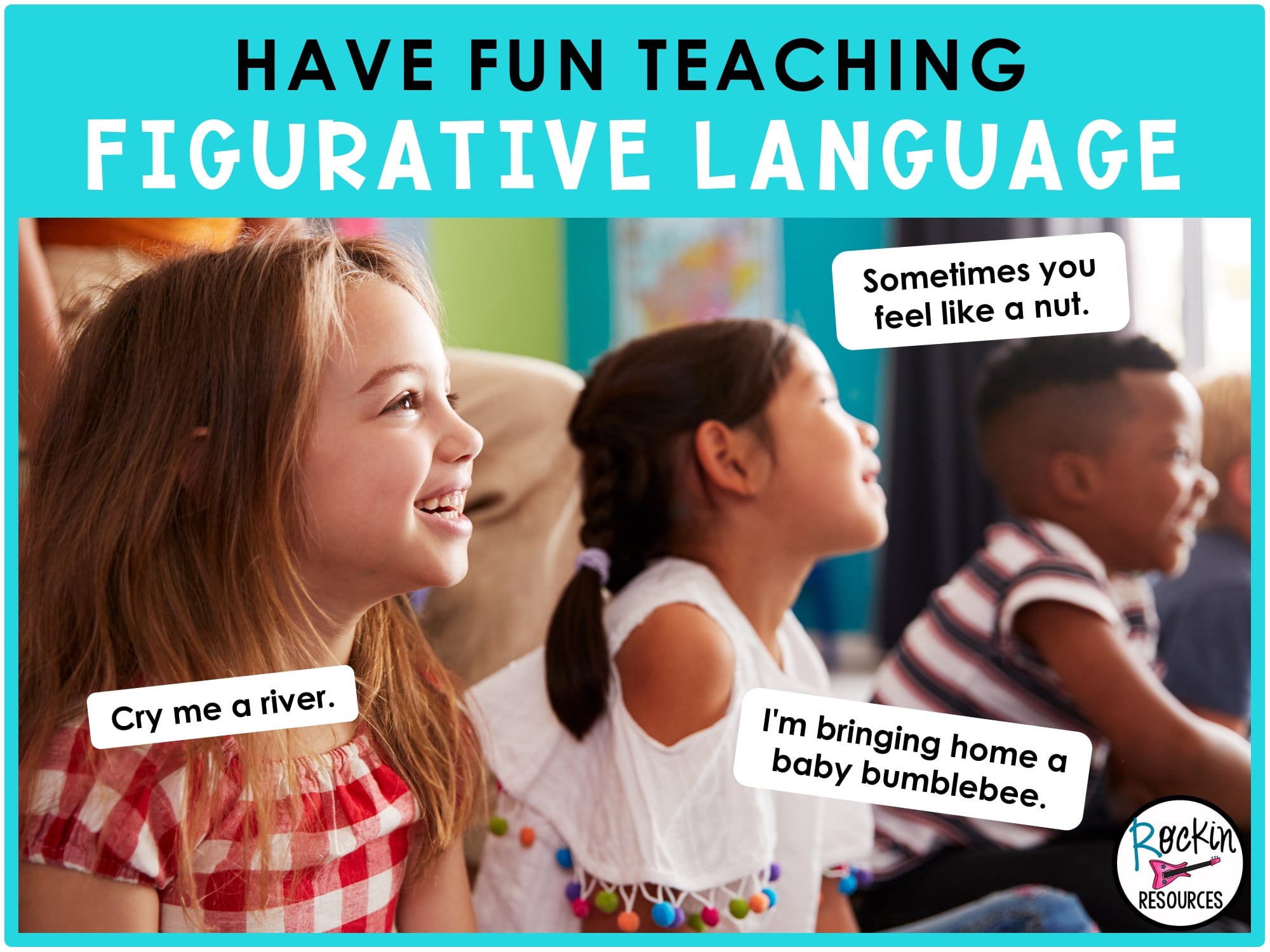




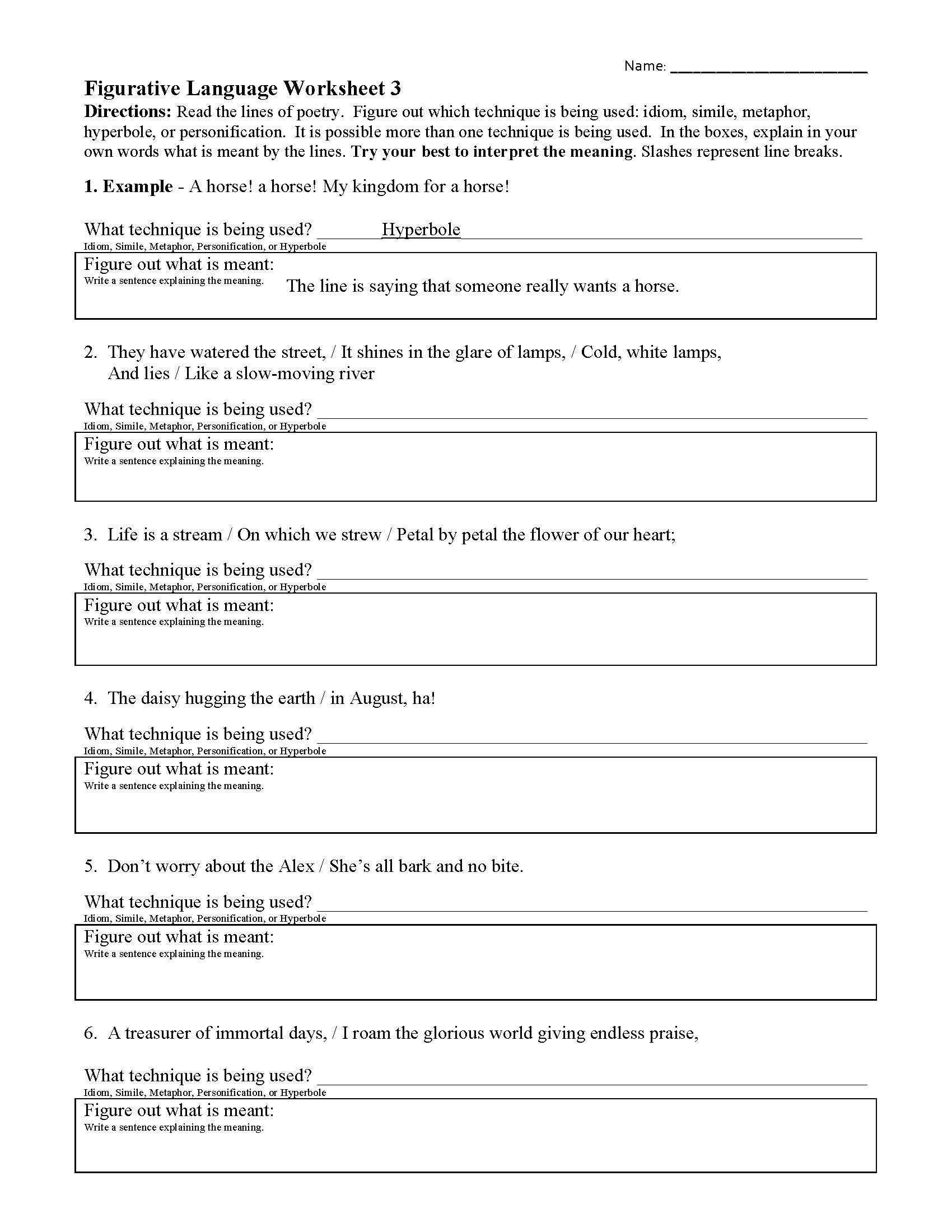


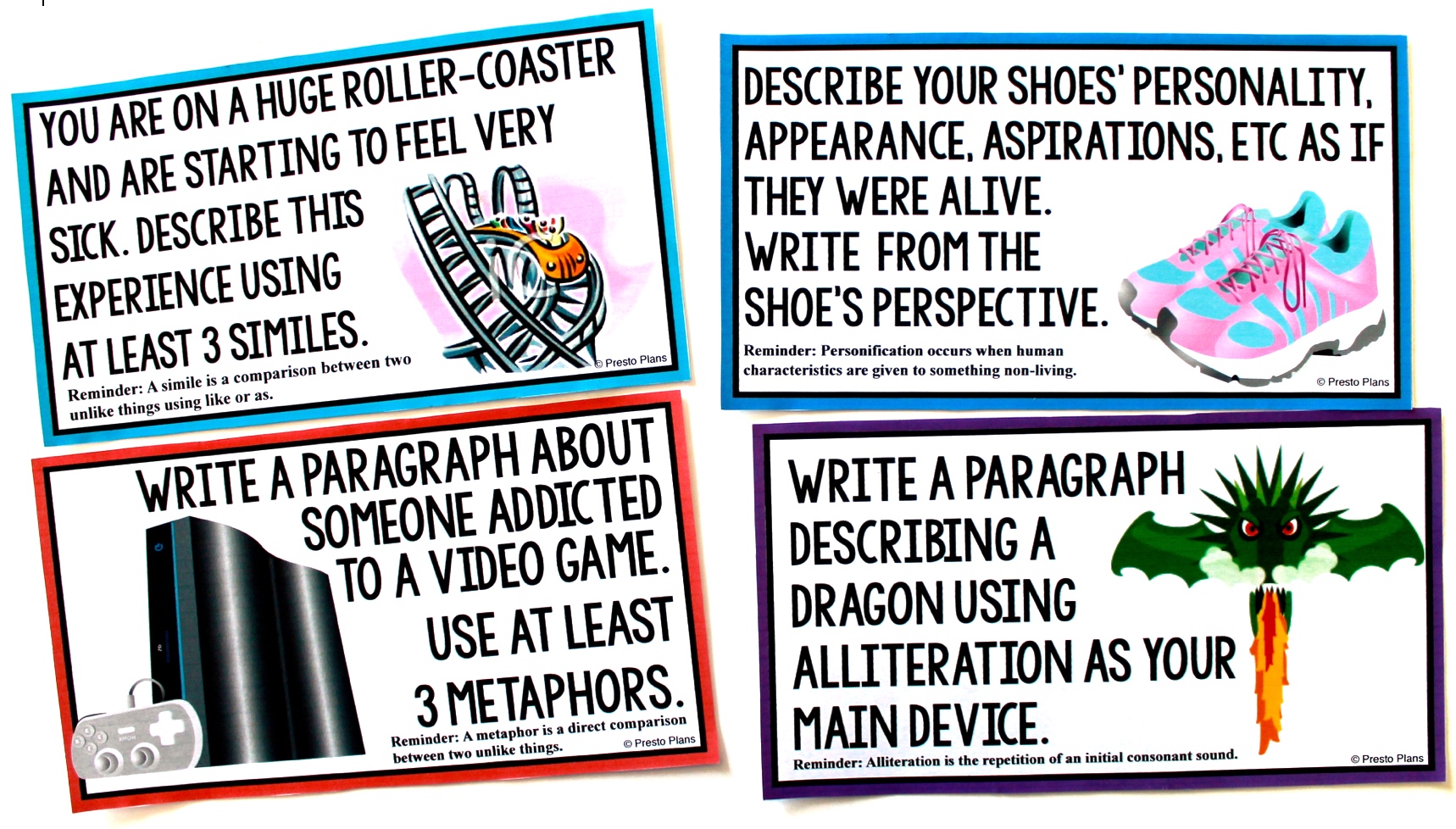


0 Response to "43 how to teach figurative language"
Post a Comment